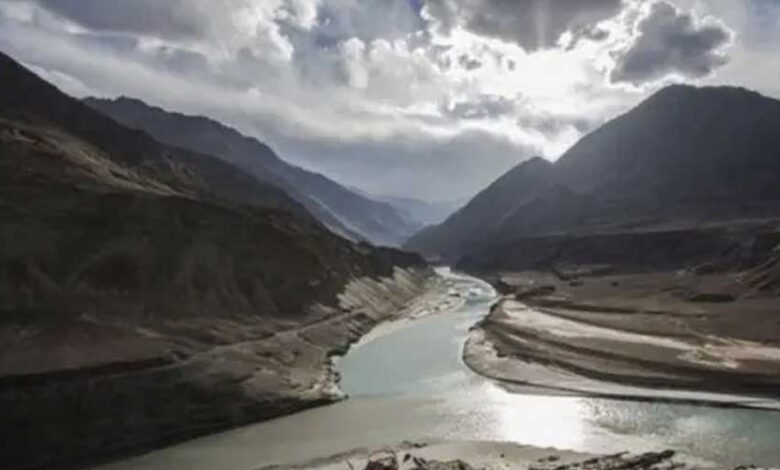India’s water propaganda unveiled: Deceptive operation at Pahalgam

Reports indicate that India is seeking to rationalize its unilateral suspension of the Indus Waters Treaty through misleading water management strategies. The propaganda campaign seems to be a poorly devised effort to deceive its own populace while fostering erroneous notions regarding Pakistan’s water susceptibility.
Reliable reports indicate that India recently discharged surplus water into the Jhelum River to simulate flood conditions. This intentional act led to a discharge of 22,000 cusecs traversing the Domel region of Muzaffarabad. Experts propose that this maneuver was intended to illustrate India’s alleged dominance over water resources entering Pakistan.
Nonetheless, water management experts have rejected the notion that India poses any substantial threat to Pakistan’s water supplies. Sources indicate that India currently has a storage capacity of only 0.624 million acre-feet on the western rivers. In sharp contrast, Pakistan’s Mangla Reservoir possesses a capacity of 7.35 million acre-feet, underscoring the significant discrepancy in water storage capacities between the two countries.
In light of India’s unilateral suspension of the Indus Waters Treaty, Pakistan’s Ministry of Water Resources and WAPDA have been diligently observing the western rivers. Officials assert that India lacks the infrastructure necessary to substantially modify or obstruct river flows, rendering any serious or lasting disruption to Pakistan’s water supply exceedingly improbable.
“These Indian activities primarily seek to construct a narrative rather than present a genuine threat,” sources added. “Currently, Pakistan does not confront any imminent threats to its water security.”
Water specialists assert that, amid climate change, the expedited development of substantial water reservoirs is crucial for Pakistan’s enduring water security, irrespective of India’s recent provocations.